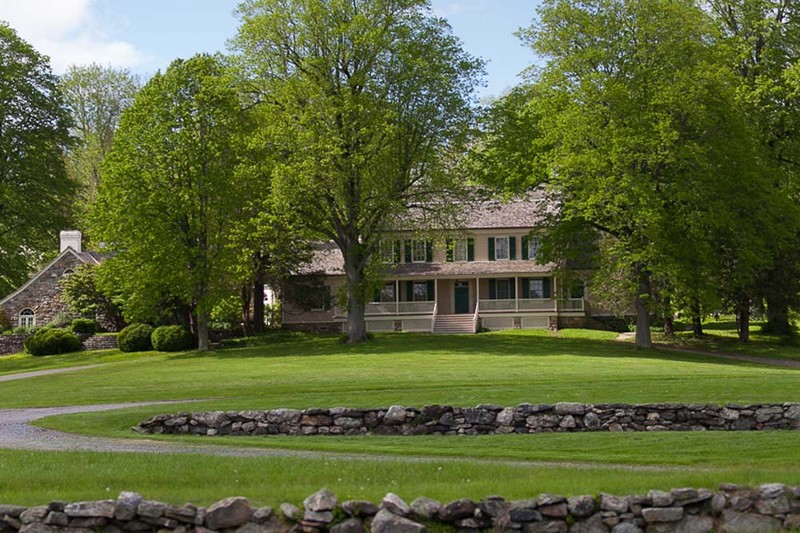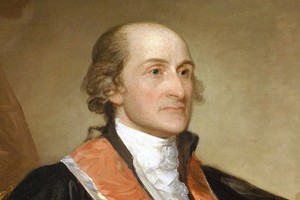John Jay Homestead
Introduction
Text-to-speech Audio
Images
John Jay Homestead

John Jay

Backstory and Context
Text-to-speech Audio
John Jay had one of the longest and most varied careers in American politics. Over the course of twenty-seven years, Jay served as president of the Second Continental Congress, Secretary of Foreign Affairs under the Articles of Confederation, minister to Spain, one of the architects of the Treaty of Paris, the first chief justice of the Supreme Court, and a two-term governor of New York. During his time in public office, Jay spoke often of returning to his farm in New York, part of which he acquired through inheritance and part of it through purchase.
Jay retired from politics in 1801 to return to the farm with his wife, Sarah. Shortly after moving back to the farm, Sarah died suddenly, leaving Jay to raise the youngest three of their five children alone. He never remarried, and the three youngest children were often away from home at school. In 1812, Jay’s son, William, married. He and his wife, Augusta, moved into the home and had five children of their own.
During Jay’s years in the home, he spent much of his time focused on his family, reading his Bible, and agriculture. In his lifetime, the primary foods produced on the farm were wheat, butter, apples, and pears. John Jay died in 1829, and subsequent generations of the family continued to live on the estate, but came to use it more as a county retreat than as a commercial farm.
During the Great Depression, Jay’s heirs found it difficult to maintain the property and began to sell parcels. Eleanor Jay Iselin, who owned the home at that time, feared that the home and its history would be lost if it were sold to a developer. In 1946, she offered to let the property be the location for the newly-formed United Nations, but the offer was refused. The site became a New York State Historic property in 1959 and was opened to the public. The home was listed on the National Register of Historic Places in 1981.
Sources
History. John Jay Homestead. Accessed January 04, 2018. http://johnjayhomestead.org/about-us/history/.
Williams, Gray, "Picturing our Past, National Register Historic Sites in Westchester County," 2003.
Stahr, Walter, "John Jay, Founding Father,"New York, 2005.
